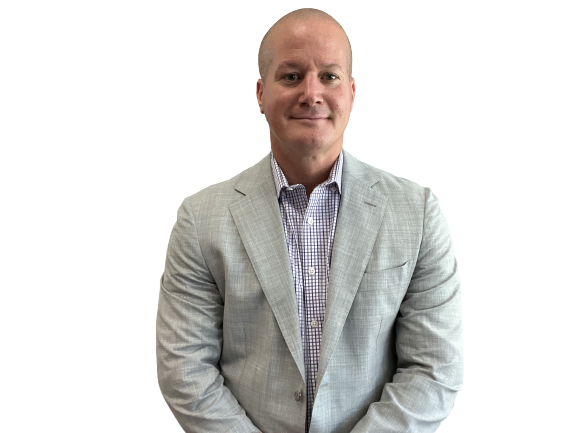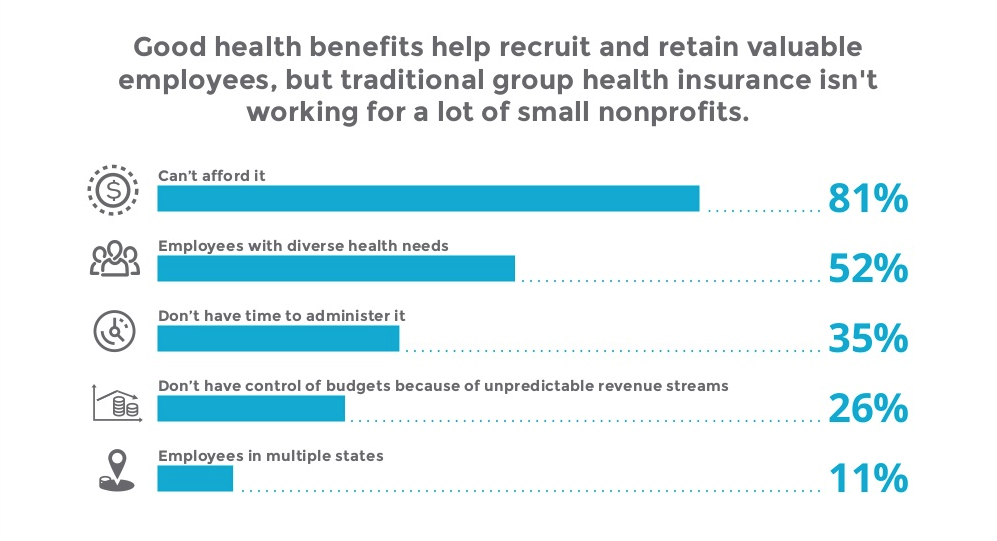9 Simple Techniques For Medicare Advantage Agent
Medicare Advantage Agent Things To Know Before You Buy
Table of ContentsMedicare Advantage Agent for DummiesThe Best Strategy To Use For Medicare Advantage AgentIndicators on Medicare Advantage Agent You Should Know


follows from adheres to the perplexing young reasonably profile of the uninsured with the better health, wellness average, of younger personsMore youthful For those without accessibility to work environment health insurance, inadequate health and wellness is a prospective obstacle to acquiring nongroup insurance coverage since such coverage may be extremely valued, leave out pre-existing problems, or be simply inaccessible. Unless otherwise kept in mind, national price quotes of individuals without health and wellness insurance coverage and proportions of the populace with various kinds of coverage are based on the CPS, the most commonly used source of estimates of insurance policy coverage and uninsurance rates.

The Medicare Advantage Agent Statements
Over a three-year duration starting early in 1993, 72 million people, 29 percent of the U.S. population, lacked insurance coverage for at the very least one month. Within a solitary year(1994), 53 million individuals experienced at the very least a month without coverage(Bennefield, 1998a). 6 out of every 10 uninsured grownups are themselves used. Although working does improve the likelihood that one and one's household members will have insurance, it is not a warranty. Also members of families with two full time breadwinner have practically a one-in-ten chance of being without insurance (9.1 percent uninsured rate)(Hoffman and Pohl, 2000 ). The relationship between wellness insurance coverage and access to care is well developed, as recorded later on in this phase. Although the connection between health insurance coverage and wellness outcomes is neither straight nor basic, a substantial scientific and health solutions study literature web links medical insurance coverage
to improved accessibility to care, better top quality, and enhanced individual and population wellness standing. For instance, the 2nd report, on individual health outcomes for without insurance adults, is stood for by the innermost circle of the figure, while the 3rd record, on household health, includes the subjects of the second report yet emphasizes a different unit of evaluation, namely, the family members. The sixth record in the series will offer info regarding strategies and initiatives taken on locally, statewide, or across the country to resolve the absence of insurance coverage and its adverse effects. Levels of evaluation for checking out the impacts of uninsurance. This discussion of medical insurance protection focuses mostly on the U.S. populace under age 65 since basically all Americans 65 and older have Medicare or other public insurance coverage.
It focuses especially on those without any health insurance policy for any type of size of time. The troubles dealt with by the underinsured are in some aspects comparable to those dealt with by the uninsured, although they are normally less serious. Uninsurance and underinsurance, however, include noticeably different policy concerns, and the strategies for resolving them might differ. Throughout this research and the 5 reports to follow, the main focus is on persons with no wellness insurance and hence no help in spending for healthcare past what is offered through charity and security net establishments. Wellness insurance coverage is an effective variable affecting receipt of treatment due to the fact that both people and doctors reply to the out-of-pocket cost of solutions. Health insurance policy, nevertheless, is neither needed neither enough to access to medical services. Nonetheless, the independent and straight effect of health
insurance policy coverage on accessibility to wellness services is well established. Others will certainly acquire the healthcare they require even without health insurance policy, by paying for it out of pocket or seeking it from service providers that offer treatment cost-free or at highly subsidized rates. For still others, medical insurance alone does not ensure receipt of care as a result of other nonfinancial obstacles, such as a lack of healthcare carriers in their area, minimal accessibility to transportation, illiteracy, or linguistic and social distinctions. Formal study concerning without insurance populaces in the United States dates to the late 1920s and very early 1930s when the Committee on the Cost of Treatment generated a series of reports concerning funding physician workplace brows through and hospitalizations. This concern became salient as the numbers of medically indigent climbed throughout the Great Clinical depression. Empirical researches constantly sustain the web link between accessibility to care and boosted wellness outcomes(Bindman et al., 1995; Starfield, 1995 ). Having a routine resource of care can be considered a forecaster of gain access to, as opposed to a straight action of it, when wellness results are themselves made use of as gain access to indicators. This extension of the concept of gain access to dimension was made by the IOM Committee on Keeping An Eye On Accessibility to Personal Health Treatment Provider(Millman, 1993, p. Whether moms and dads are insured appears to affect whether their kids obtain care in addition to just how much careeven if the kids themselves have coverage(Hanson, 1998). The health and wellness of moms and dads can influence their capability to special info look after their kids and the level of family members stress. Fretting about their children's accessibility to care is itself a source of tension for parents. Three phases adhere to in this report. Phase 2 supplies a summary of just how employment-based medical insurance, public programs and specific insurance plan run and engage to supply substantial but insufficient insurance coverage of the U.S. population. This consists of an evaluation of historic fads and public laws influencing both public and private insurance policy, a conversation of the communications among the different types of insurance policy, and an examination of why individuals move from one program to an additional or end up
